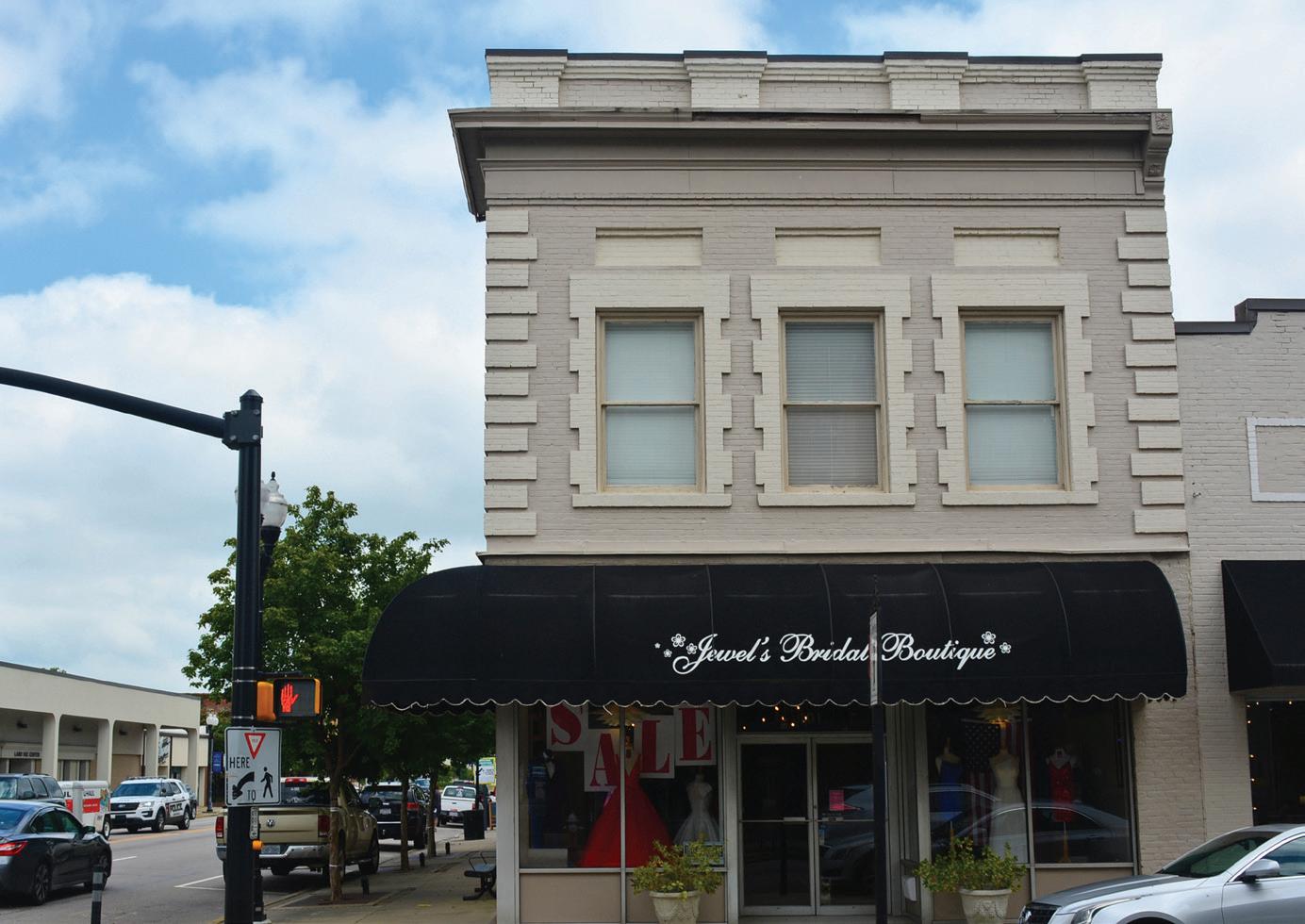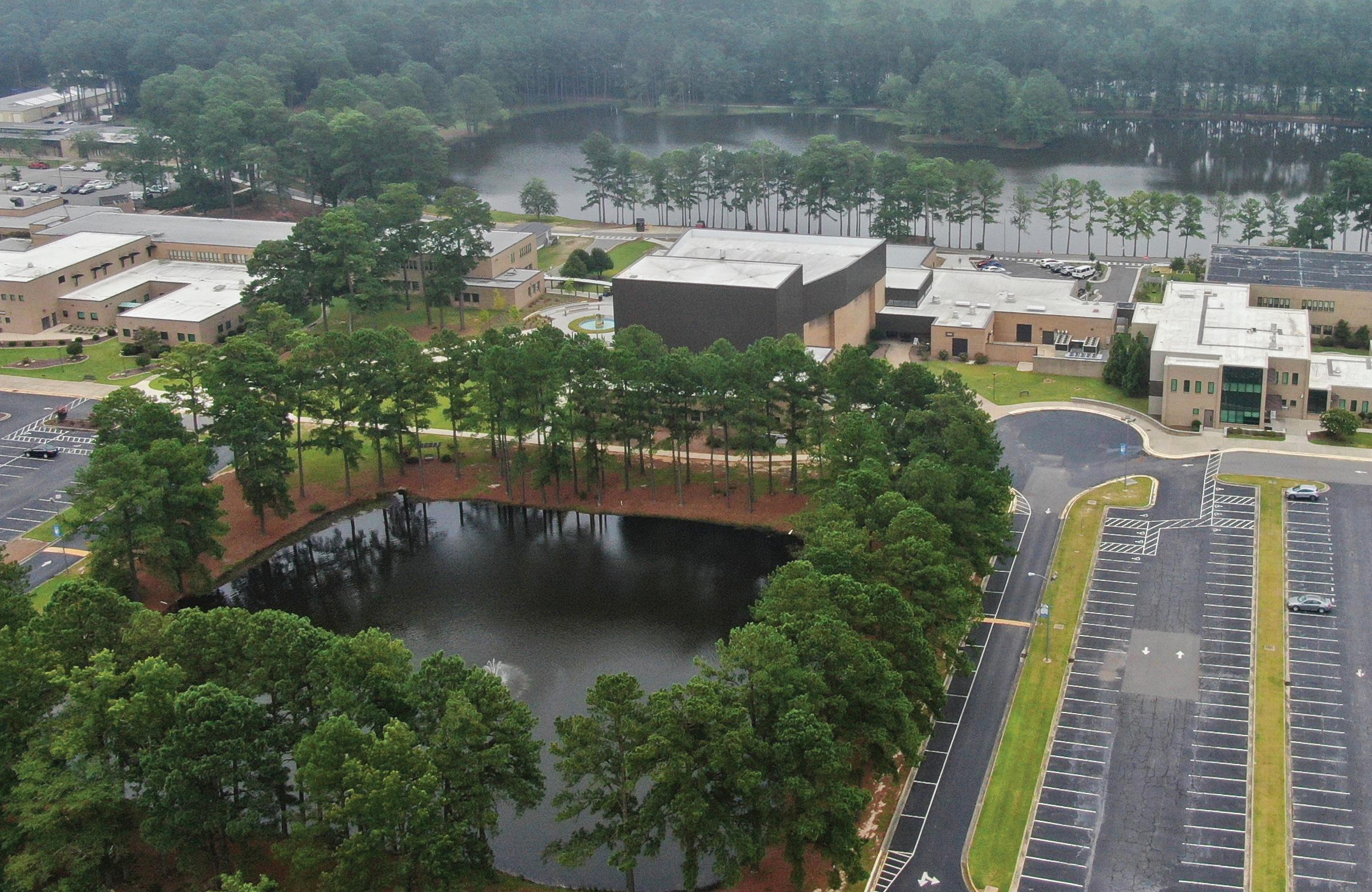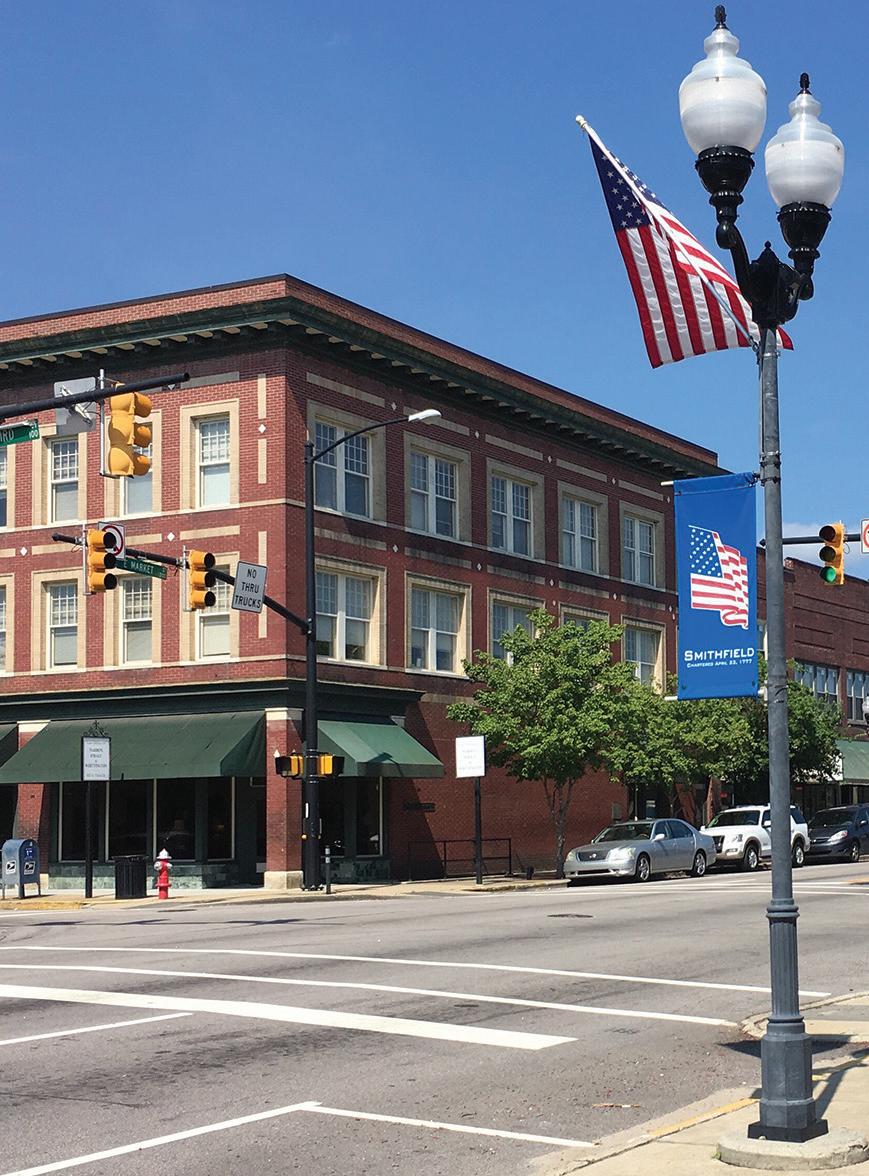
3 minute read
Getting to know Smithfield
Johnston County is a big place. After all, it’s the 10th largest county in the state in terms of geography, nestled between Duplin and Onslow counties on that list.
It’s also the 12th largest county in terms of population. While that geography ranking isn’t likely going to change much, the county’s population is on the rise — and has been for a while.
Advertisement

In 1990, a little more than 81,000 people called Johnston County home. Twenty years later in 2010, that number jumped to just shy of 170,000. Since then, the county’s estimated population has surged to around 209,000. That’s 40,000 new people calling Johnston County home in just the past 10 years. And the population boom is showing no signs of slowing down. While most of that growth is more obvious in the Clayton, Garner and McGee’s Crossroads areas, in the past few years, it has begun making its way east to Smithfield.
That rate of growth has been near or above two percent for each of the past three years, and with new homes currently being developed, the secret is getting out. Smithfield is on the rise. “The growth of Smithfield and Selma kind of got bottlenecked in the mid 90s,” Johnston County Economic Development Director Chris Johnson said. “When I-40 opened in 1999, construction of the new section of U.S. 70/Future I-42 was supposed to begin right after, but it was delayed more than 15 years.

Johnston Community College
Within months of it finally opening in June 2008, the U.S. was thrust into a recession and residential development in Smithfield took a pause. Now, with the economy turning around, and the fact that there is opportunity in Smithfield for people to buy beautiful historic and new homes at an affordable price, the tide is definitely turning.
Thanks to those highways, Smithfield is becoming a popular choice for Raleigh commuters.
I can leave my house in downtown Smithfield and be in downtown Raleigh in 30 minutes,” Johnson said. “Our proximity to Raleigh and all of the Research Triangle is a huge selling point. Basically, there are three stop lights from my house to downtown Raleigh.
“Seventy-five percent of all new residents in Johnston County come from Wake County. So, they’re moving to the Triangle region, they’re getting acclimated and they’re saying, ‘I really don’t want to live in Raleigh. I like the area, but I want something different.’ Smithfield is poised for growth.”
Smithfield Mayor Andy Moore thinks our location is one of our biggest assets.
“We are centrally located on Interstate 95 between New York and Florida,” he said. “And with North Carolina being one of the fastest growing states in the nation and Johnston County being one of the fastest growing counties, Smithfield offers a prime location for people."
“Smithfield has plenty of shopping...downtown and incredible parks...amenities in Smithfield that rival those you’ll find in large cities.”
And, according to Town Manager Michael Scott, living in Smithfield doesn’t mean sacrificing any conveniences.
“Smithfield is a full service community,” he said. “Our services are second to none for people that live here. From utilities to water and sewer to trash pickup to police — our police department is accredited — our fire department is A-number-one. We can provide any service anyone would want. Then, on top of that, we are a growing community in every aspect.

Downtown Smithfield
“We have a whole section of land adjacent to I-95 that hasn’t been developed yet. Land is for sale, and it’s going to fill up. We need to be ready.”
“Some (residential) growth is healthy,” Moore said. “It helps our churches and our businesses, but it also helps our schools. With that growth, we can then begin to focus on business- and industry-type growth.”
Of course, preparing for growth is one thing, but keeping Smithfield’s small town charm and feel in the midst of that growth is another. No matter how many new people arrive, the town’s employees will be ready to serve them.
“Our employees from the top down are excellent,” Moore said. “That’s a huge deal when you’re living in a community. You know you have a direct line to the town manager, or a direct line to the public works director. You know if your trash isn’t picked up, for whatever reason, you can call, and it’s done. It makes me proud when I get compliments about our staff. I’m just a small part of that, but in my opinion, that makes a community.”


